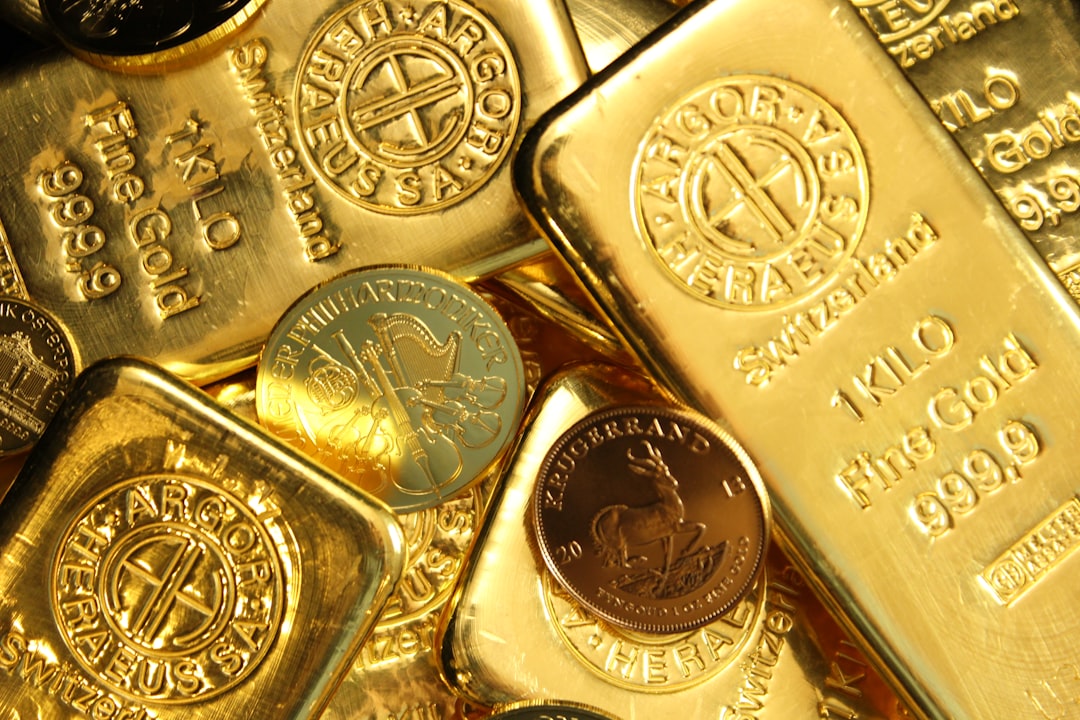
Gold prices nudged higher in Asian trade Monday, extending last week’s momentum as investors sought refuge amid rising trade tensions and geopolitical instability.
With U.S. President Donald Trump announcing sweeping new tariffs—including a 30% duty on Mexico and the European Union—market participants quickly rotated into safe-haven assets like gold and silver. Meanwhile, escalating tensions between Washington and Moscow over Ukraine further fueled demand for capital preservation.
Spot gold rose 0.2% to $3,361.42/oz
Gold futures were up 0.3% to $3,374.80/oz
Silver futures surged 1.4% to $39.49/oz—their highest since late 2011
Gold’s ascent comes amid expectations that Trump’s tariffs could cause economic disruption, forcing investors to hedge against policy-driven volatility. The tariffs, set to take effect on August 1, also include:
25% tariffs on Japan and South Korea
50% tariffs on Brazil and copper imports
For a broader macroeconomic impact analysis, refer to the Commodities API, which offers live and historical data on metals, energy, and agricultural prices—critical for assessing inflation risks and trade-related price moves.
However, strength in the U.S. dollar—up 0.1% on Monday— kept gold’s gains contained. A stronger dollar typically makes precious metals more expensive for foreign investors, curbing upside momentum.
Markets also reacted to a report from Axios that Trump plans to send offensive weapons to Ukraine, stoking fears of a renewed military escalation with Russia. These developments add urgency to defensive positioning, particularly in gold and silver, which traditionally benefit during global conflict cycles.
Trump also publicly criticized Vladimir Putin's unwillingness to broker a ceasefire, adding to concerns that diplomatic negotiations may deteriorate further in the coming weeks.
Among all metals, silver stood out, rallying to a 14-year high on the back of dual drivers:
Safe-haven demand, tracking gold’s rally
Industrial demand, boosted by optimism around China’s export rebound
China's customs data for June showed better-than-expected growth in exports, including a sharp increase in copper shipments, signaling improved downstream demand in Asia’s largest economy.
For company-level exposure to these macro trends, use the Revenue Product Segmentation API to explore how mining and industrial firms are diversifying their revenue streams across copper, silver, and precious metals.
Looking ahead, all eyes are on U.S. Consumer Price Index (CPI) data for June, set to be released Tuesday. With Trump’s aggressive tariff regime ramping up, analysts will scrutinize whether the import duties are beginning to push up consumer prices.
A sticky inflation print would strengthen the Federal Reserve’s case to keep interest rates on hold, despite calls from Trump for rate cuts.
Higher-for-longer rates, however, could dampen gold’s medium-term trajectory by increasing the opportunity cost of holding non-yielding assets.
As we enter a new cycle of tariff uncertainty, geopolitical brinkmanship, and inflation speculation, gold and silver are emerging as key hedges in a market defined by volatility. With global equity markets showing fatigue and central banks treading carefully, the case for precious metals continues to build.
Investors and analysts alike will watch Tuesday’s inflation data closely—not just for its impact on Fed policy, but for confirmation of a structural shift in the commodity pricing regime.
Use the Commodities API for live pricing and the Revenue Product Segmentation API to analyze sector-level revenue exposure to gold, silver, and copper.